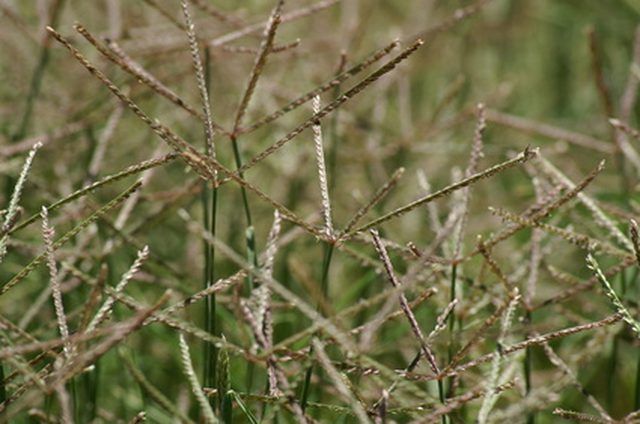Bulbs
Flower Basics
Flower Beds & Specialty Gardens
Flower Garden
Garden Furniture
Garden Gnomes
Garden Seeds
Garden Sheds
Garden Statues
Garden Tools & Supplies
Gardening Basics
Green & Organic
Groundcovers & Vines
Growing Annuals
Growing Basil
Growing Beans
Growing Berries
Growing Blueberries
Growing Cactus
Growing Corn
Growing Cotton
Growing Edibles
Growing Flowers
Growing Garlic
Growing Grapes
Growing Grass
Growing Herbs
Growing Jasmine
Growing Mint
Growing Mushrooms
Orchids
Growing Peanuts
Growing Perennials
Growing Plants
Growing Rosemary
Growing Roses
Growing Strawberries
Growing Sunflowers
Growing Thyme
Growing Tomatoes
Growing Tulips
Growing Vegetables
Herb Basics
Herb Garden
Indoor Growing
Landscaping Basics
Landscaping Patios
Landscaping Plants
Landscaping Shrubs
Landscaping Trees
Landscaping Walks & Pathways
Lawn Basics
Lawn Maintenance
Lawn Mowers
Lawn Ornaments
Lawn Planting
Lawn Tools
Outdoor Growing
Overall Landscape Planning
Pests, Weeds & Problems
Plant Basics
Rock Garden
Rose Garden
Shrubs
Soil
Specialty Gardens
Trees
Vegetable Garden
Yard Maintenance
Why Lawn Goes to Seed
Why Lawn Goes to Seed. All plants, regardless of size, are capable of making seeds as a method of reproduction. Lawn grass goes to seed by forming wiry seed-topped stalks as a way to help itself spread.

All plants, regardless of size, are capable of making seeds as a method of reproduction. Lawn grass goes to seed by forming wiry seed-topped stalks as a way to help itself spread.
Grass Reproduction
Grass not only propagates, or makes offspring, by spreading its roots underground to form larger clumps, but also by creating seeds that can be disseminated by water or wind. These two forms of reproduction used simultaneously help preserve the plant for future generations.
Lawn Maintenance
Grass that is allowed to grow beyond the species' ideal length for lawns will go to seed during the warm-weather growing season. According to a "The Chicago Gardener" post in "The Chicago Tribune," 3 inches is an ideal length to prevent flowers from growing.
Prevention
Grass that is kept at an ideal height will devote significant energy to building the roots that maintain the plants rather than to seeding. The seed stalks, which leech energy from the blades, are cut off before they reach maturity.
Benefits of Going to Seed
Immature lawns that are patchy that have been planted with non-hybrid seed types can be allowed to go to seed in order to fill in spaces without purchasing additional seed stock.
Drawbacks of Going to Seed
Grass goes to seed at the expense of the desirable green blades that make a lawn lush. The plant devotes energy to seeding rather than to supporting the blades, so the beauty of the lawn may suffer when this occurs.